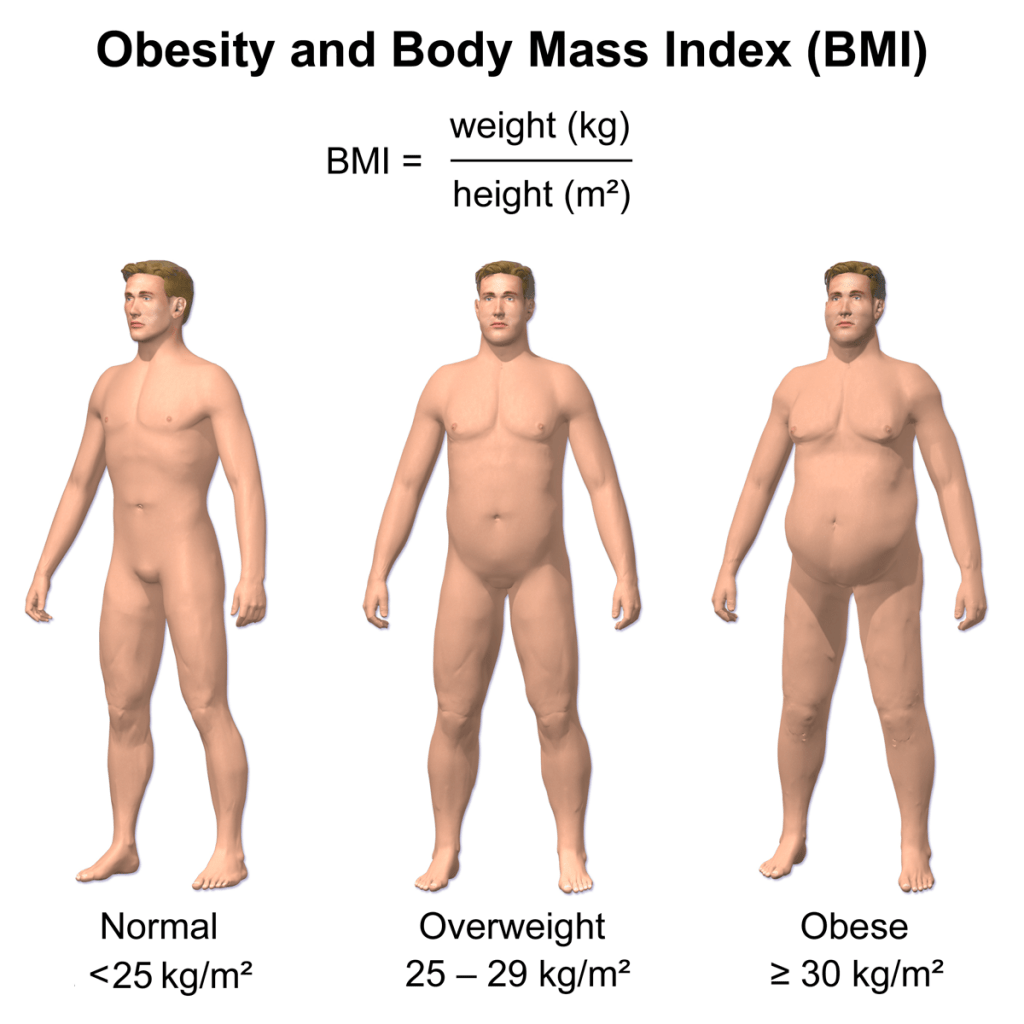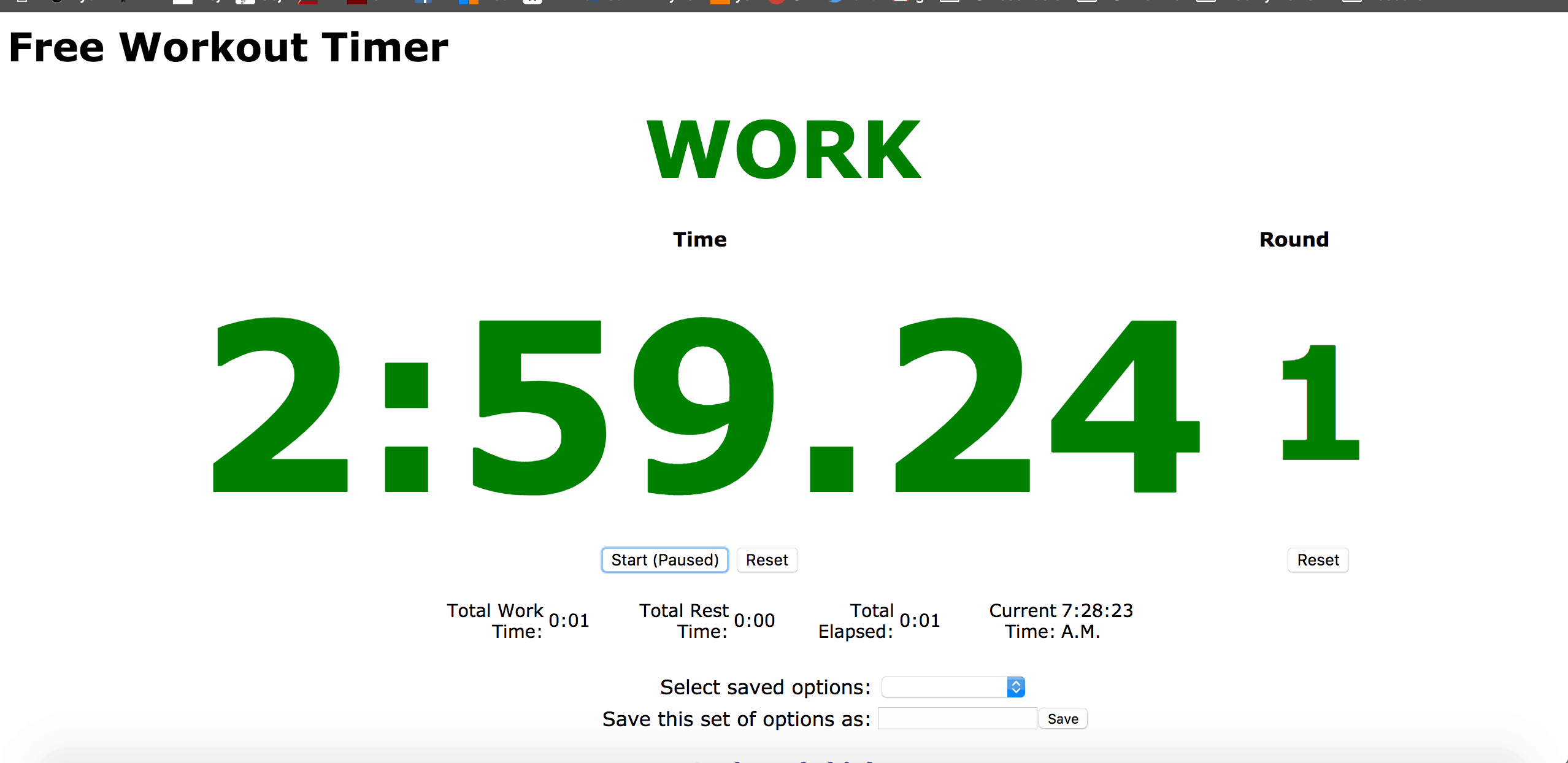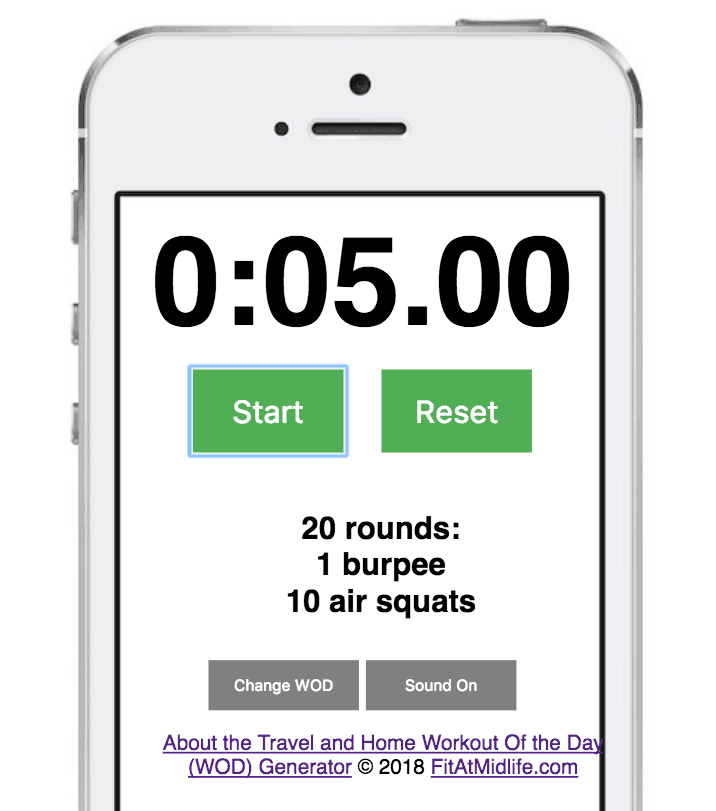BMI is Body Mass Index. Body Mass Index is a formula that uses weight and height to estimate body fat for adult men and women.
The BMI is a controversial – it’s easy to calculate but it can’t possibly accurately measure your body fat. The calculation doesn’t consider body composition including individual factors such as bone or muscle mass.
Height in inches:
Weight in pounds:
Shortcomings of BMI
As mentioned previously, the BMI is easy to calculate, but not a high precision measurement.
Because it’s a simple calculation based solely on height and weight, it can’t take into account individual factors. When calculating your BMI, consider the following special conditions that may apply.
The BMI may:
- Underestimate body fat for older adults or other people with low muscle mass
- Overestimate body fat for people who are very muscular and physically fit
- Inadequately evaluate health risks of people with excess abdominal fat
- Studies have shown there are better methods for use with children and adolescents – specifically Tri-Ponderal Mass Index (TMI)

Understanding your BMI measurement
| BMI | Description |
| <= 18.49 (Underweight) | A lean BMI can indicate that your weight may be too low. You should consult your physician to determine if you should gain weight, as low body mass can decrease your body’s immune system, which could lead to illness such as disappearance of periods (women), bone loss, malnutrition and other conditions. The lower your BMI the greater these risks become. |
| 18.5 to 24.9 (Normal Weight) | People whose BMI is within 18.5 to 24.9 possess the ideal amount of body weight, associated with living longest, the lowest incidence of serious illness, as well as being perceived as more physically attractive than people with BMI in higher or lower ranges. However, it may be a good idea to check your Waist Circumference and keep it within the recommended limits. |
| 25 to 29.99 (Overweight) | People falling in this BMI range are considered overweight and would benefit from finding healthy ways to lower their weight, such as diet and exercise. Individuals who fall in this range are at increased risk for a variety of illnesses. If your BMI is 27-29.99 your risk of health problems becomes higher. In a recent study an increased rate of blood pressure, diabetes and heart disease was recorded at 27.3 for women and 27.8 for men. It may be a good idea to check your Waist Circumference and compare it with the recommended limits. |
| 30 to 34.99 Obesity (Class 1) | Individuals with a BMI of 30-34.99 are in a physically unhealthy condition, which puts them at risk for serious illnesses such as heart disease, diabetes, high blood pressure, gall bladder disease, and some cancers. This holds especially true if you have a larger than recommended Waist Size. These people would benefit greatly by modifying their lifestyle. Ideally, see your doctor and consider reducing your weight by 5-10 percent. Such a weight reduction will result in considerable health improvements. |
| 35 to 39.99 – Obesity (Class 2) | If you have a BMI of 35-39.99 your risk of weight-related health problems and even death, is severe. See your doctor and reduce your weight to a lower BMI. |
| >= 40 (Morbid Obesity) | With a BMI of 40+ you have an extremely high risk of weight-related disease and premature death. Indeed, you may have already been suffering from a weight-related condition. For the sake of your health it is very important to see your doctor and get specialists help for your condition. |
Recommendations
Waist circumference is also an important measure. If you combine BMI with waist circumference you should have a good and realistic idea of where you are at. Waist circumference is a good indicator of visceral fat, which poses more health risks than fat elsewhere.
So why is BMI popular if it’s fraught with issues?
Well – it’s free, and anyone can calculate it. It requires minimal skill to complete the calculation. There are many methods to measure or estimate body fat – ranging from calipers to electrical impedance to DEXA scans (which is like an x-ray) – and all these require equipment, and training, and considerable expense.
Therefore we recommend, it’s probably best to understand what your BMI is, but be aware of the limitations of the method, and the restrictions to applying it.
photo credit: Max Garçia Tape measure via photopin (license)
Obesity graphic credit: By BruceBlaus – Own work, CC BY-SA 4.0, Link

Tim is the founder of FitAtMidlife.com – an avid gym rat for 30+ years, he’s a reviewer of many, many shoes – and founder of the Speed Bag Gathering – the world’s only gathering of speed bag punching enthusiasts. See more gym reviews at Tim’s YouTube channel.



